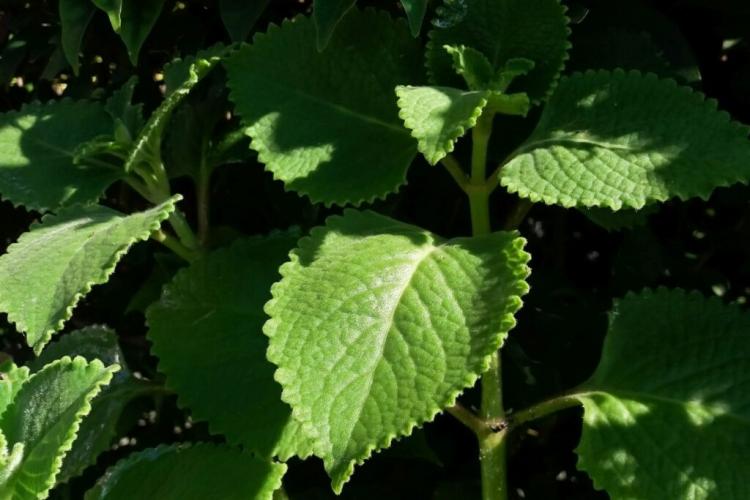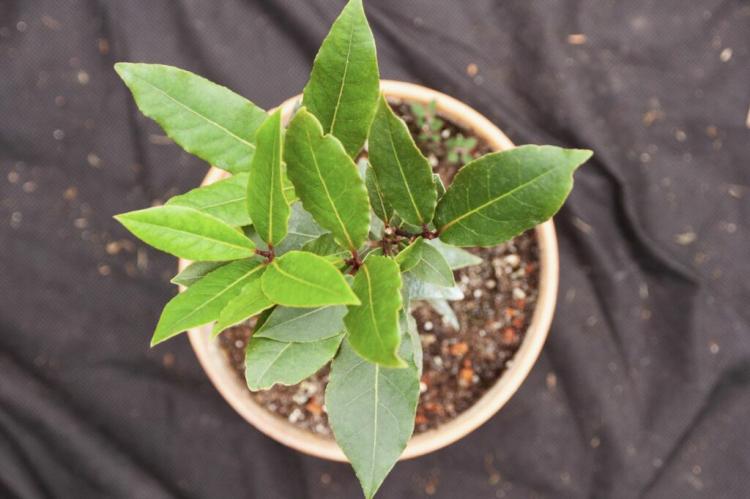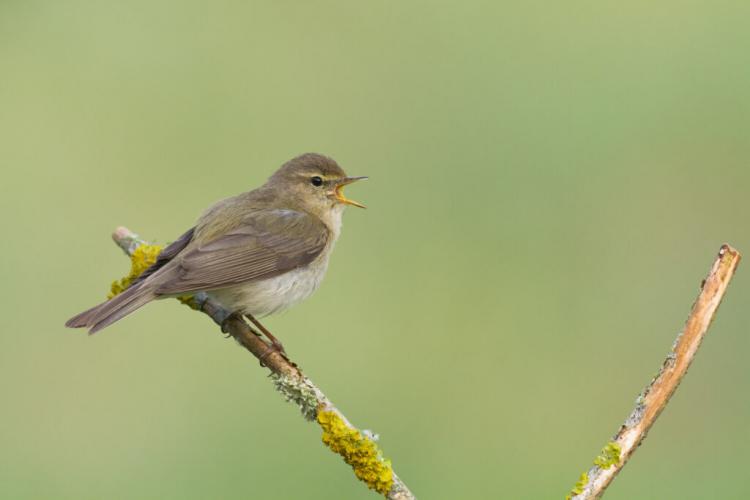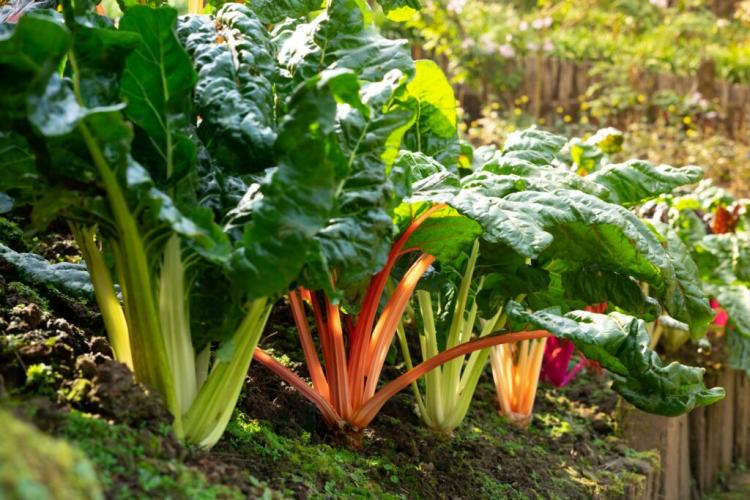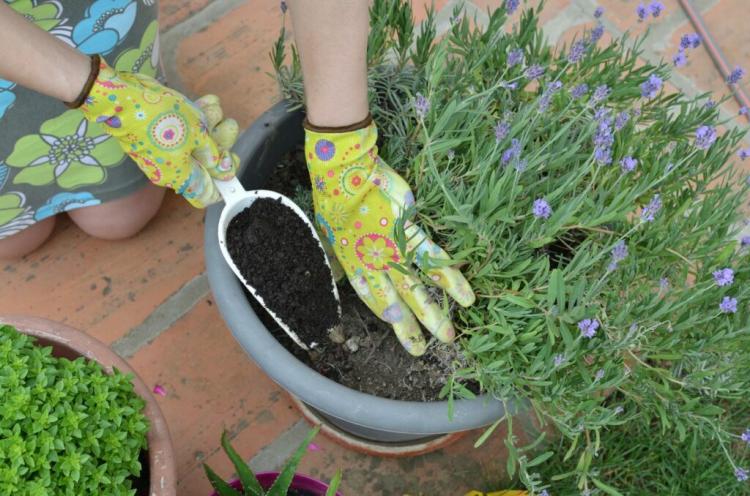Fertilizing boxwood: when, how & with what?
The box tree can be found in almost every home garden. You can find out when, how and with what best to fertilize the boxwood here.
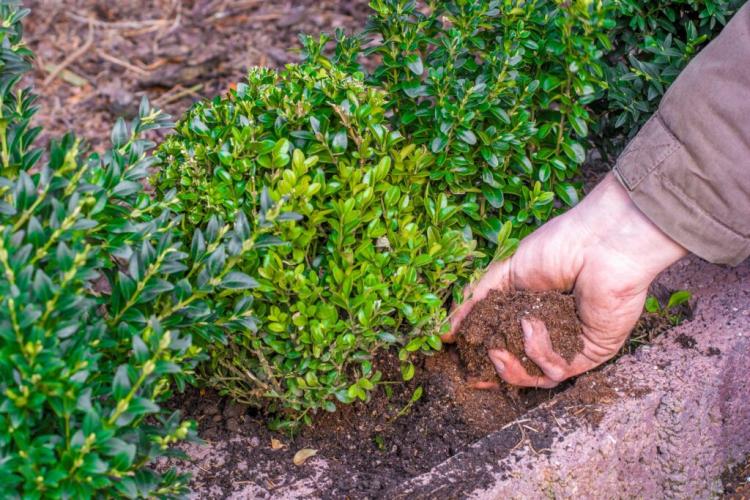
Well fertilized, your boxwood shines in a strong green all year round [Photo: Ralf Geithe / Shutterstock.com]
The box tree ( Buxus ) is not one of the strong eaters, but regular fertilization ensures that plants are particularly hardy, strong, green-leafed and resilient. Especially with shaped trees, a balanced fertilization helps to overcome the stress of cutting your boxwood and to form an impenetrable green. In addition, you can ensure a slightly alkaline soil pH value with the right fertilization. The lime-loving plant needs this so that the given nutrients can be absorbed in the correct amount.
Slow-growing shrubs such as boxwood, like more vigorous plants, depend on nutrients that serve as a basis, but they need much less of it. This means that you should pay particular attention to the amount when fertilizing, otherwise there is a risk of damage to the plant. So it is very important to be familiar with the needs of these beautiful, malleable plants. That is why we have gathered specialist knowledge to answer all the important questions you have about fertilizing a box tree. In the following you will find out how a box tree is fertilized, when you should use fertilizer and what nutrient composition a suitable fertilizer has to offer.
When to fertilize boxwood?
Table of Contents
Not only the type of fertilizer is decisive for successful fertilization, but also the point in time, which we will discuss below.
Fertilize boxwood when planting
Box trees need permeable, humus rich soil in order to be able to develop healthily. Therefore, a very sandy soil should be enriched with compost when you plant your boxwood. It is particularly important to pay attention to the feel-good pH value of the boxwood. This is between 6.5 and 7.5. If the pH value is too low, you can add a little lime when planting. The next fertilization takes place at the beginning of June. If you do not have compost available, you can also work a primarily organic long-term fertilizer such as our Plantura organic universal fertilizer into the soil when planting. This also provides optimal care for your book for the first few weeks. A second fertilization after planting can then be carried out after about two months.
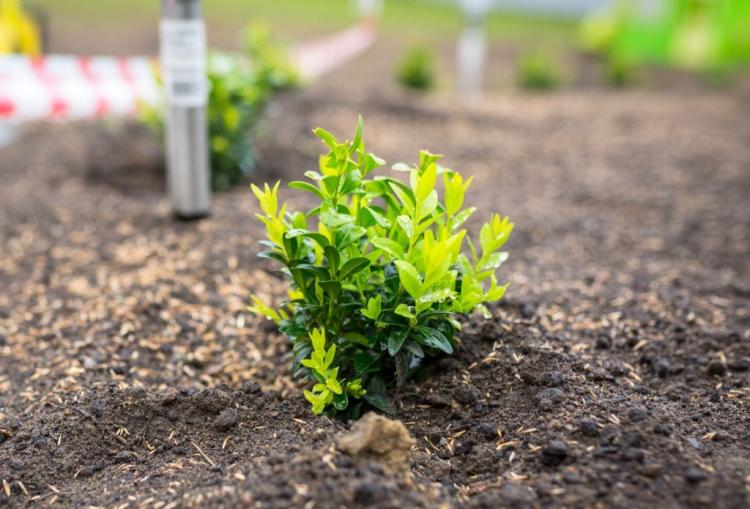
The box can already be fertilized when it is planted [Photo: Patryk Kosmider / Shutterstock.com]
Fertilize existing box trees
In the following years, the timing of fertilization depends on the plant’s growth cycle. Nitrogen (N) as one of the main building blocks of plants is required from the beginning of the growing season in April to the end of August. If you use a long-term fertilizer such as our Plantura organic universal fertilizer, a single fertilization in April is usually sufficient. You should only resort to fertilizer a second time if your boxwood was planted as a hedge or in a very poor location. A deficiency is quickly noticeable when the leaves turn yellow.
Short-term mineral fertilizers should better be avoided with frugal boxwood. You can only use the liquid fertilizer every one to two weeks in the bucket. However, use an organic fertilizer when growing in pots, if possible. Mineral fertilizers are too concentrated, especially for slow-growing plants such as boxwood, and quickly lead to over-fertilization. An additional plus of organic fertilizers, apart from their environmental impact, is their natural long-term effect. So it doesn’t have to be fertilized as often by far.
Summary: When is the right time to fertilize the box tree?
- Plant fertilization on sandy soils with compost or primarily organic long-term fertilizers
- Fertilization with slow release fertilizers in April; if necessary, re-fertilize in June
- Fertilization with mineral liquid fertilizer is not recommended; if desired, fertilize carefully every two weeks from April to August
The focus of autumn fertilization is on potassium. From August to September, your boxwood is prepared for winter with potash fertilizer. The young shoots mature due to the potassium and become harder, the leaves get a dense and firm structure and are therefore less sensitive to cold.
Boxwood fertilizer: how and with what fertilizer?
The box tree grows slowly. Nevertheless, he needs regular nutrients – at least once a year – and a book in the pot more often. The two main nutrients nitrogen and potassium play the biggest role. Nitrogen is the fuel of the growth phase. Potassium supports your boxwood in winter. Make sure you have a balanced ratio of nitrogen to potassium and a slightly lower proportion of phosphate.
But not only the nutrient composition plays a role, concentration is also very important in frugal Buxus. Because this is quickly overwhelmed, you should rather rely on an organic than a mineral fertilizer. In the case of organic fertilizers, the nutrients are in a complex form that first has to be broken down by microorganisms in the soil. In this way, your box tree is cared for gently and over a long period of time. In doing so, you also promote soil life and in this way increase the soil quality. In addition to the many advantages of an organic fertilizer, our Plantura organic universal fertilizer offers the right composition of nutrients for your box tree and many other green plants to thrive in the house and garden.
Organically fertilize boxwood
You can also use untreated natural products to fertilize your boxwood. Work compost and a handful of horn shavings into the upper layer of soil in the root area of the plant in spring and possibly in summer a second time. You can also fertilize your box tree with coffee grounds or nettle manure. In this case, fertilization is carried out every four weeks. When using coffee grounds, however, the properties that lower the pH value must be compensated for by adding additional lime. Organic fertilizers from specialist retailers do not have that great influence on the soil pH value, but are usually just as environmentally friendly as tried and tested old natural fertilizers. So you can use ready-made fertilizer without hesitation. Organically certified products such as our Plantura organic universal fertilizer are particularly harmless. This is how you meet the nutritional needs of your boxwood in a sustainable way.
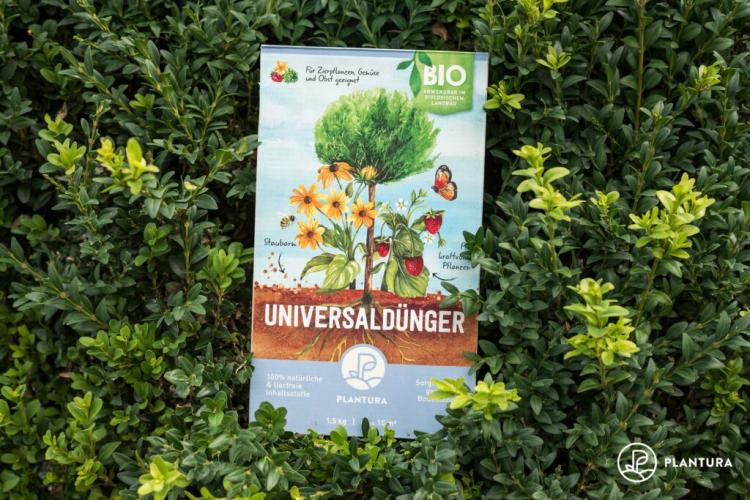
Our Plantura organic universal fertilizer provides the boxwood with all the nutrients it needs
Expert tip: If the pH value of your soil is too low, i.e. below a value of 6.5, a fertilizer made from eggshells is an optimal source of lime. This way you raise the pH back to the correct range.
Organic long-term fertilization: application recommendation for the box tree
So that the organic fertilization of your boxwood can be carried out successfully, we have provided brief instructions for applying our Plantura organic universal fertilizer below:
- Before planting, work 100 – 150 g / m² (well-filled 0.2 liter jar) of our Plantura organic universal fertilizer into the upper soil layer
- Pour the soil and freshly inserted boxwood well so that the granules can dissolve well
- With maintenance fertilization in spring and summer, you should fertilize another 80 – 120 g / m² (0.2 liter jar) per plant
Note that box trees that are planted as a hedge need more fertilizer than solitary plants because they have less soil volume per plant. As a result, the plants compete more intensely for the nutrients in the soil.
Fertilize boxwood with minerals
As a mineral classic, blue grain offers a nutrient ratio that definitely appeals to boxwood. The magnesium contained can also benefit the evergreen front garden dweller. However, box trees can easily feel overwhelmed by the oversupply of nutrients in mineral fertilizers. You should therefore fertilize more often and in small doses. A potted box tree is supplied with commercially available liquid fertilizer in the irrigation water once a week. In this way, you can also keep the nutrient supply in the soil constant, because mineral fertilizers are usually immediately available in the soil, but only for a very short time. Unused nutrients are quickly flushed out and flow through the earth into the groundwater. Therefore, unless you have deficiency symptoms, choose an organic fertilizer. In this way you avoid over-fertilization, you are more careful with the environment and still have less work to do with fertilization.
Fertilize boxwood with Epsom salt
Epsom salt is a mineral fertilizer and consists solely of magnesium sulfate, i.e. magnesium, sulfur and oxygen. Magnesium plays the decisive role in supplying your boxwood. This is involved in the build-up of chlorophyll and thus also in the green color of the leaves and photosynthesis. As an evergreen garden dweller, your boxwood, in contrast to deciduous plants, keeps its leaves upright even in winter. Ultimately, this means that the magnesium requirement must be set higher. However, if a slightly alkaline soil pH value is maintained, a magnesium deficiency should not be a problem in planted box trees.
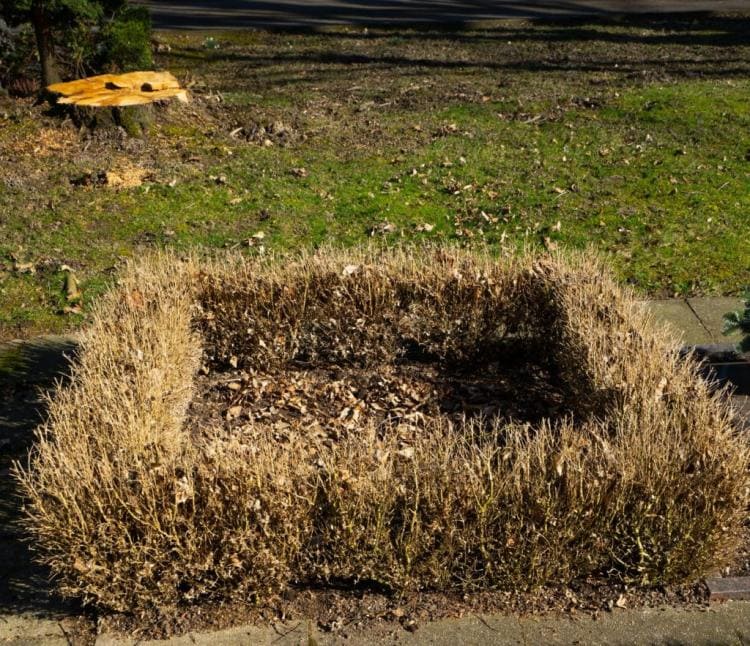
Over-fertilization by mineral fertilizers can damage the box [Photo: eWerk / Shutterstock.com]
However, when planted in pots or on sandy soil, magnesium may be necessary. A rough guideline is the annual dose of 50 grams of Epsom salt per square meter in spring. If there is a magnesium deficiency, you can apply 30 grams of Epsom salt per square meter up to three times a year. You can recognize a magnesium deficiency in boxwood by the fact that the older leaves slowly turn completely yellow first. If your garden is adorned with evergreen conifers – such as conifers or a thuja, for example – you should take care of them right away.
Fertilize boxwood with algae lime
Algae lime has recently been traded as a true “box tree savior”. Algae lime is a plant tonic that is extracted from red algae deposits on the French or Icelandic Atlantic coast. The algae lime consists of calcium carbonate, magnesium carbonate and trace elements. It mildly improves the growing conditions for the beech tree, which prefers calcareous soils. It should be dosed carefully, as over-lime soils can quickly have a negative impact on the nutrient structure. For example, iron absorption is prevented if the lime content is too high.
We go into more detail in our special article about the positive effects of algae lime on boxwood diseases.


